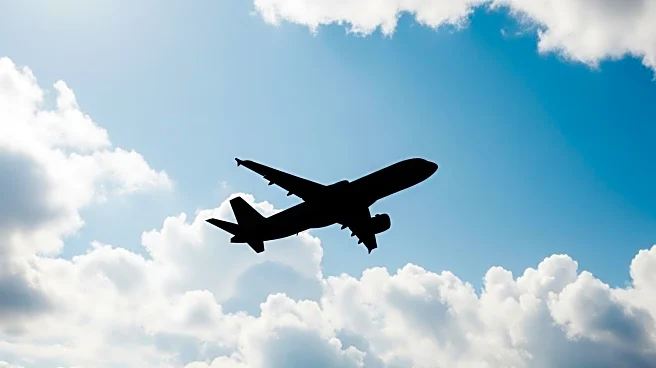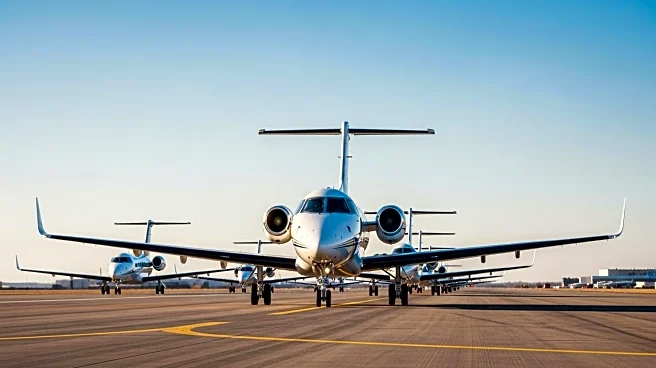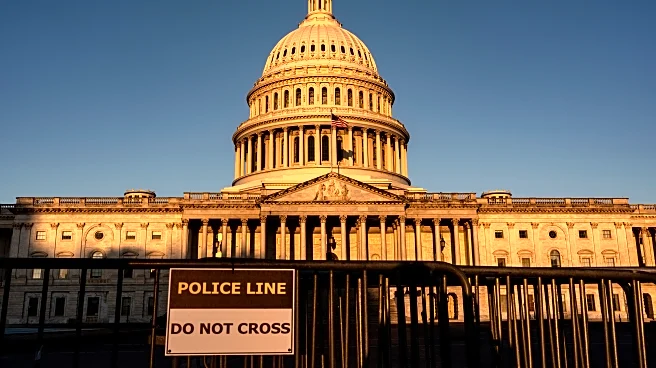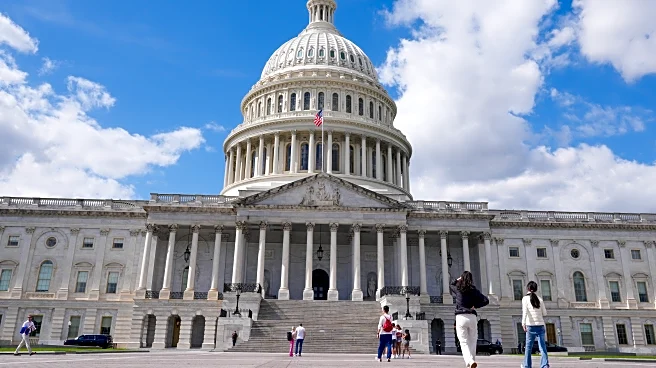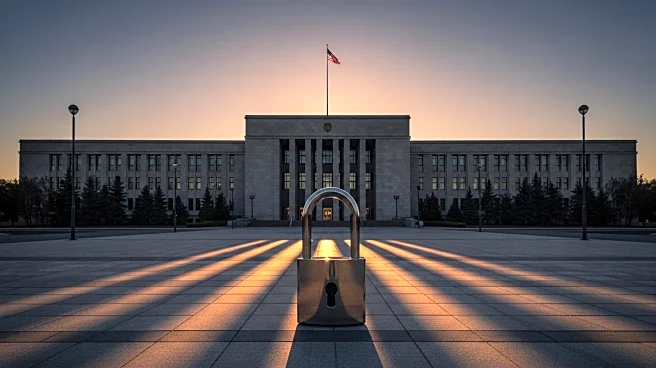What is the story about?
What's Happening?
SkyWest Airlines has announced its commitment to continue operating all Essential Air Service (EAS) routes despite the potential funding interruption caused by the ongoing government shutdown. The airline is absorbing operational costs to ensure service continuity for communities dependent on EAS. The EAS program, which provides nearly $600 million annually to subsidize air travel for rural and small communities, is at risk of losing funding as the shutdown persists. SkyWest, which received $196 million in subsidies in 2024, faces financial challenges if the shutdown continues. Other major airlines, including Alaska Airlines and American Airlines, have also pledged to maintain EAS flights for the time being.
Why It's Important?
The continuation of EAS flights is crucial for maintaining connectivity for rural and small communities across the United States. These services provide an essential economic lifeline, supporting local economies and ensuring access to broader aviation networks. The government shutdown poses a significant threat to these services, potentially disrupting travel and economic activities in affected regions. The commitment by airlines like SkyWest to absorb costs and maintain service highlights the importance of EAS in sustaining regional air travel and economic stability.
What's Next?
If the government shutdown persists, airlines may face increased financial strain, potentially leading to service reductions or cancellations. The Regional Airline Association is urging Congress to reach a funding deal quickly to prevent further disruptions. The Department of Transportation has warned that it may not be able to reimburse carriers for EAS flights if the shutdown continues, adding stress to an already challenged air transportation system. Stakeholders are closely monitoring the situation, hoping for a resolution that ensures continued support for EAS programs.
Beyond the Headlines
The ongoing scrutiny of the EAS program amid government cost-cutting efforts raises questions about the long-term viability of these subsidies. While the program is nearing its 50th year, policy proposals such as Project 2025 have challenged its justification. The debate over EAS funding reflects broader discussions on government spending priorities and the balance between supporting rural connectivity and managing fiscal constraints.
AI Generated Content
Do you find this article useful?
